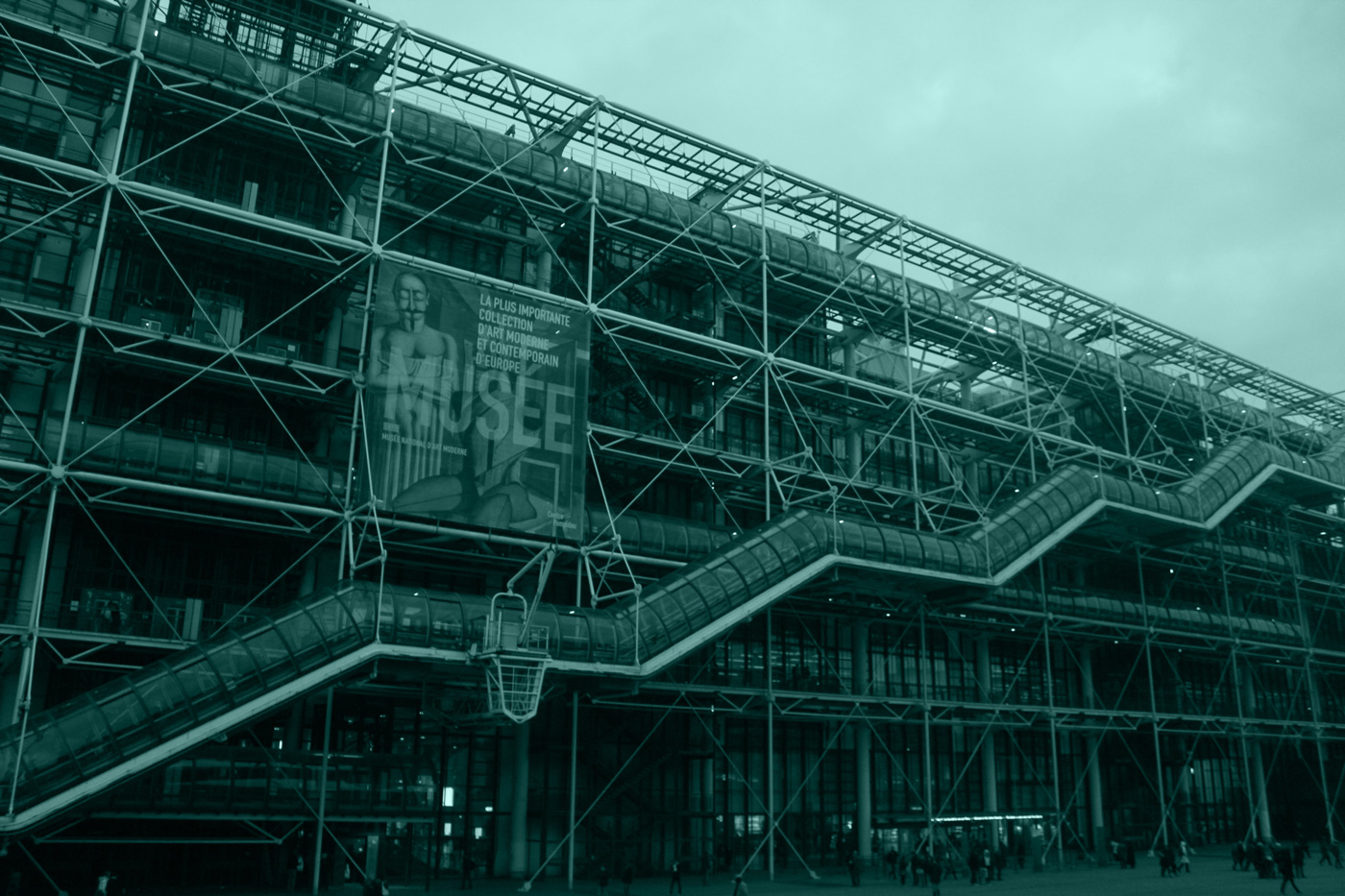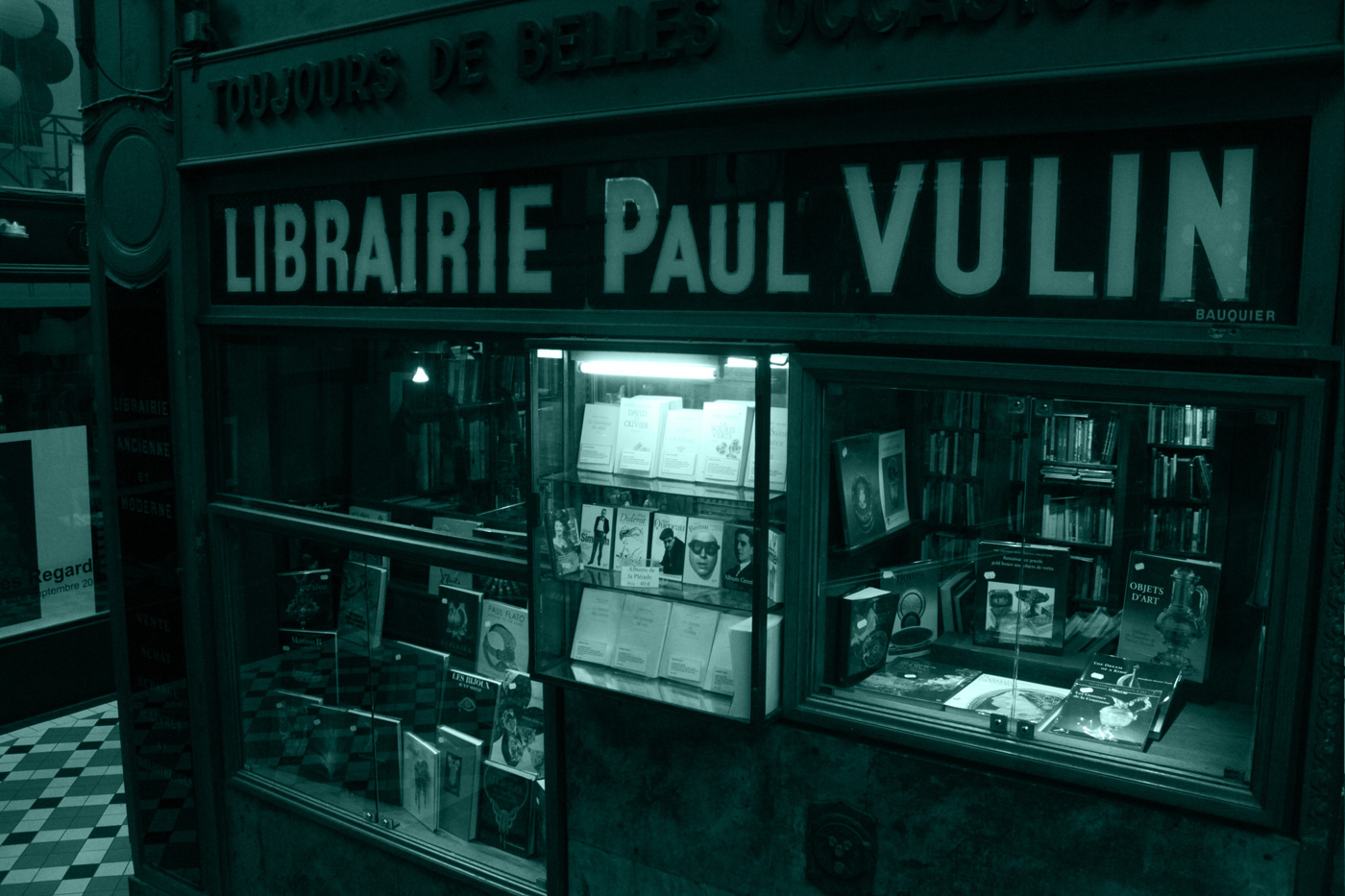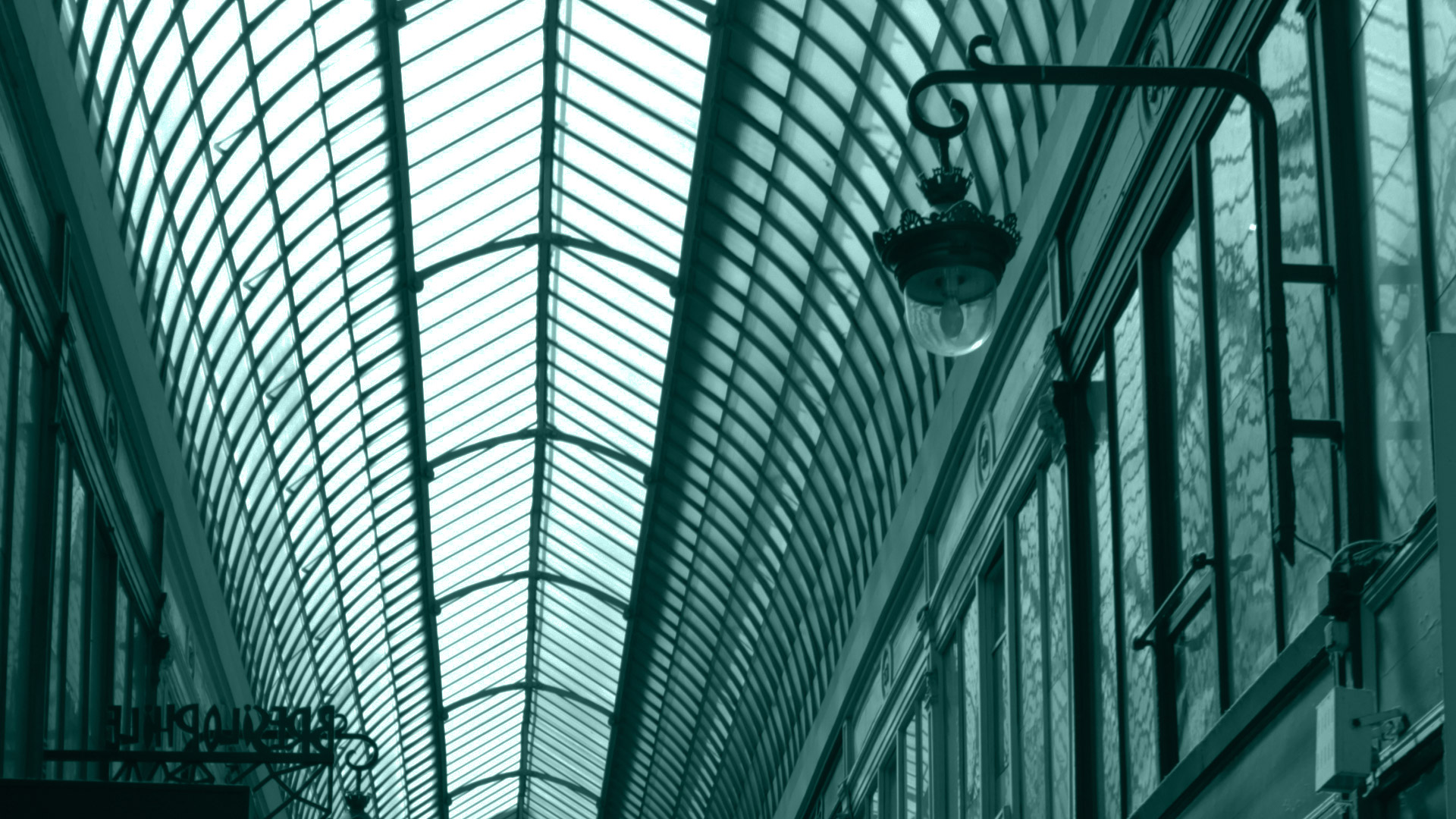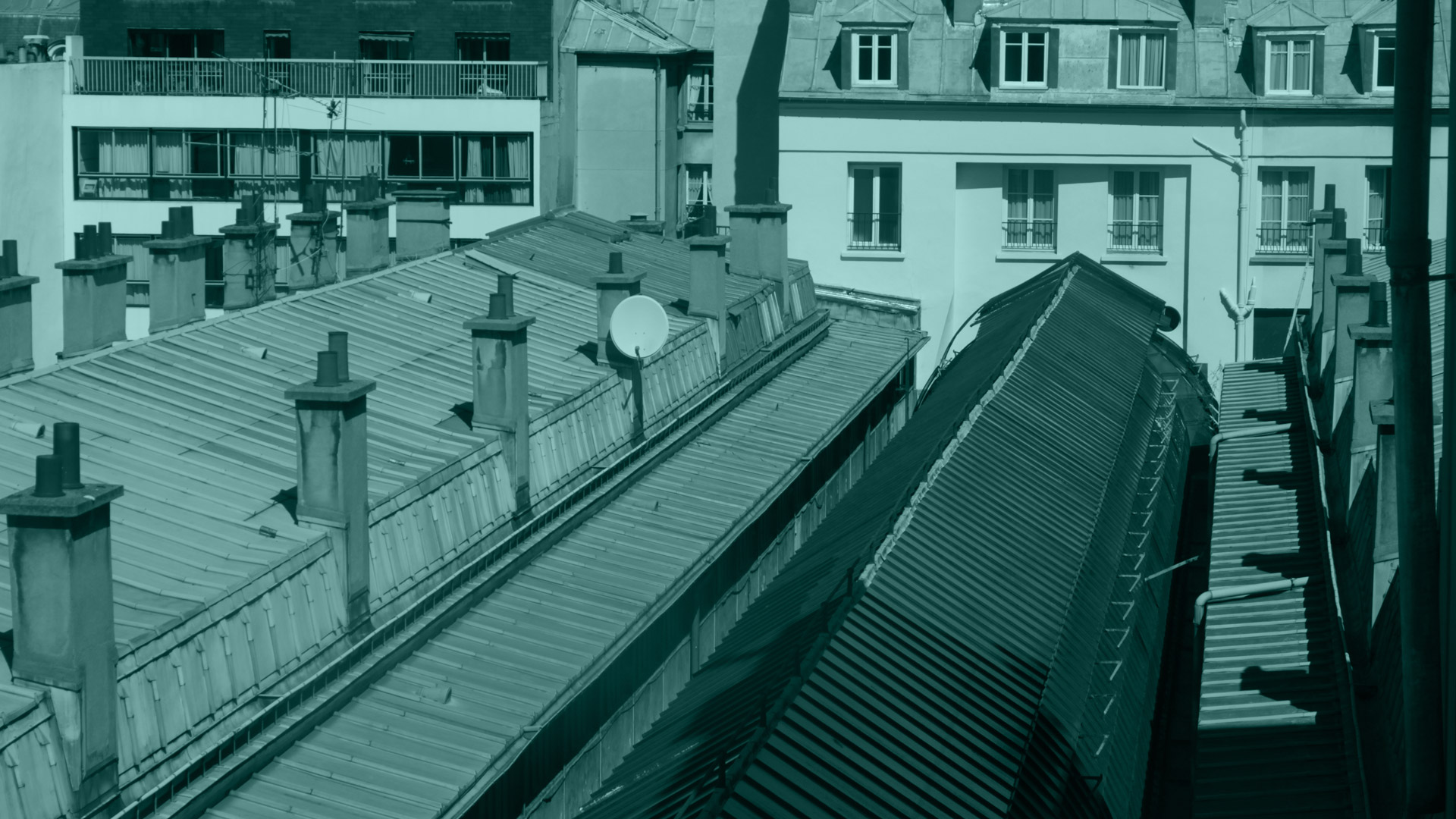Indoor Horizons 2 – Architecture of the Imagination.
Apprehension itself is an event inseparable from the story it discloses.
You left us last as we exited Passage Verdeau heading south towards the entrance to the first heated arcade in Paris, a mere six steps take you into a corridor walled with books.
As you enter Passage Jouffroy from the north you are confronted, as Baudelaire and Benjamin were, by a corridor of books on a tiled floor not unlike the Knights Tour structure of Life a User’s Manual by Georges Perec. The structure of Perec’s novel has been compared to a jigsaw puzzle or a tapestry, interweaving the stories of characters who inhabit a fictional Paris apartment block. The Knights Tour, the possible routes a Knight can travel on the chess board, fascinated the Oulipo movement, a collection of writers, metaphysicians and mathematicians building a workshop for potential literature.
Life a User’s Manual is regarded by some as another postmodern attempt to revolutionise the novel, perhaps the architectural equivalent would be the Pompidou Centre where all the workings are visible on the outside. A copy of said book was once purchased from Librairie Paul Vulin on a walk to the Pompidou, reading passages through the passages was like entering a maze within a maze. To make sense of ideas they must be made concrete, yet appear as clear as crystal glass.
We have been looking at how the spark of an idea is just that without the next step in the process, a fleeting flash in the dark which returns to black before attaining or apprehending the continued moment of illumination. Many metaphysicians such as Gabriel Marcel have spent a lifetime trying to capture that enlightened moment which, when it comes to the writing down, appears to be just beyond our grasp. Like Coleridge’s Kubla Khan which slipped through his fingers before he could finish the vision dome of which he had caught a glimpse in another world, a world of imagination. Coleridge’s pleasure dome crumbled before his eyes before he could complete the structure. The doorbell rang and when he returned to the page the idea was dead.
We can attempt to apprehend the transcendent moment if we train the mindful eye. The idea which is sparked in the imagination can be parked next to other ideas in the memory using a narrative map, linking it within a creative structure in much the same way that architects François Destailleur and Romain de Bourges constructed Passage Jouffroy entirely from iron and glass to give Paris the first arcade of its kind. If you look up from inside you see the beauty of the light through the glass, you do not notice the structure. The sky enters the streets to offer the flaneur’s mindful eye a glimpse of the beyond, expanding the panorama of the indoor horizon.
Even if the creative mind can train itself to stop the chatter long enough to apprehend the insights from the world around, those individual sparks are still mere snapshots until they can be linked together to portray a narrative, to illustrate the progress of the journey, the odyssey. For some the structure should be invisible, the story should be clear glass but it still needs the iron frame to hold it together. If you look at Passage Jouffroy from above you notice the tight iron frame which holds the glass in place. It is simple and dark, and does not give any clue to the wonder of the view from the inside looking out. It is a clever illusion, a magician’s trick of the light.
The wireframe is required to build a structure for those ideas we first encountered alongside Baudelaire and Benjamin in Passage Verdeau. The journey begins to take shape within a narrative framework whether the relationship with the space be mythical, fictional or geographical, the echoes remain timeless; such as Orpheus approaching the underworld, or Jean Marais entering the hidden Paris behind Cocteau’s liquid mirror; such as Dante’s endless train of people who also populate the unreal city of Elliot’s Wasteland; such as Odysseus tied to the mast to navigate past the sirens, or Joyce’s characters succumbing to the sounds within Dublin’s Ormond bar; such as the artist in exile carrying their childhood places (where the heart first opened) inside their imagination, or Kurt Schwitters transforming physical interiors to represent his imagination. Like the workings of the Pompidou the imagination appears to have been turned inside out, outside in.
The locations may be interchangeable but the narrative of the voyage has the same frame, inside which we let ourselves discover new worlds, resurfacing the walls with reflections from our own imaginations, for each of us should utilise the magical glass and iron of the arcades to build a new version of somewhere else and expand our indoor horizons.
Next we will ascend the few steps from the world of books to the world of wax as we enter the phantasmagoria of Breton’s novels which heavily influenced Walter Benjamin’s view of the Arcades of Paris. Benjamin mapped his whole life on a blank piece of paper in one of the cafés, he saw the creative process as being part of a journey which could be navigated with the right map. Armed with that firm belief he took on the abyss of the blank page to create a second nature.








